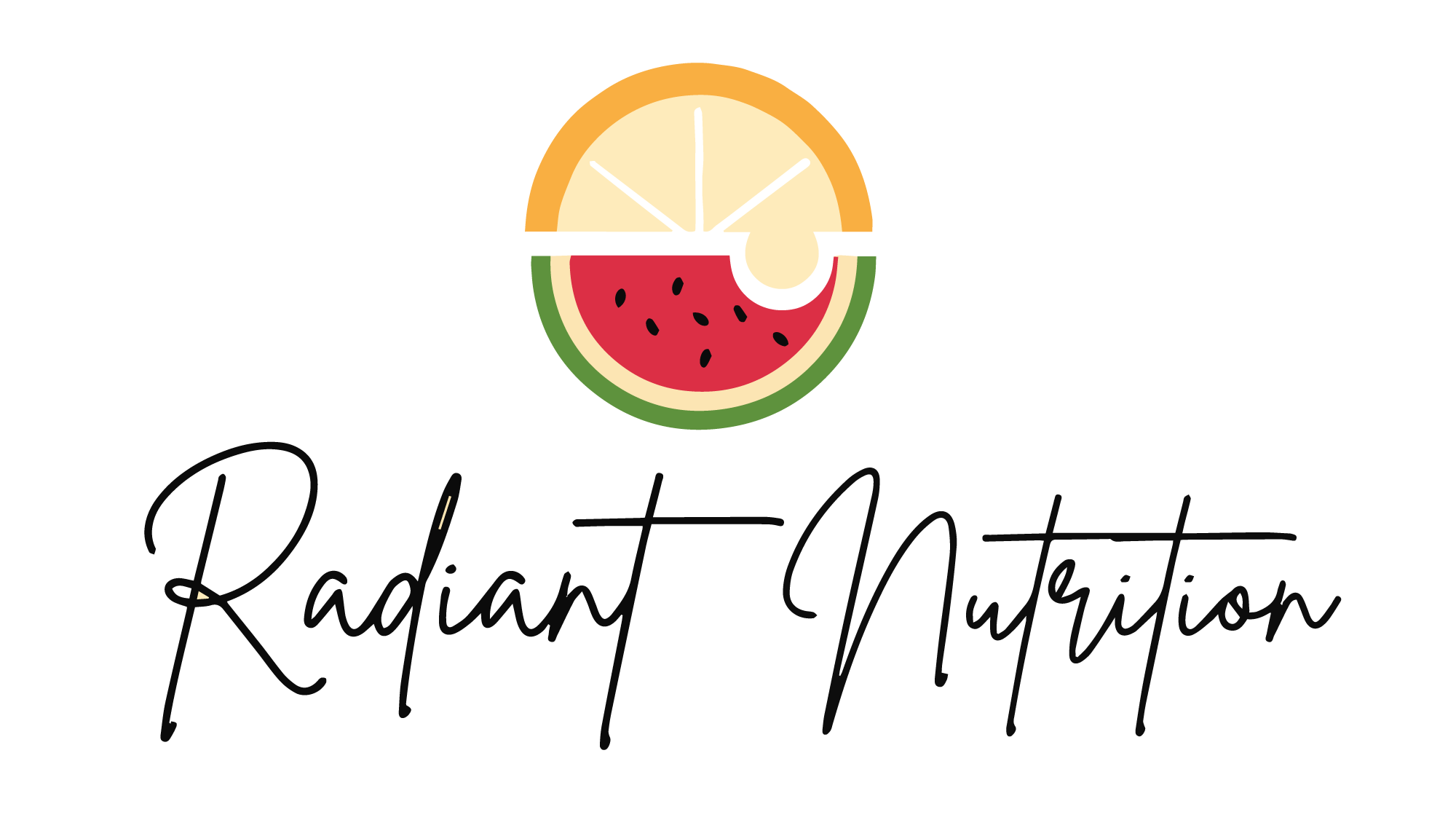Reading Food Labels Like a Pro
So, let’s talk about the dreaded food label. Labels can be the most daunting thing you may face at the grocery store. You may feel like you’re not focusing on the important things and aren’t really sure how to interpret what you are seeing. “How much do I need?” and “What’s a good amount?”are common questions we get in the practice. What if I said to ignore the calories and added sugar? Would you gasp in horror? Are you even still reading?
To begin, let’s take a look at what a nutrition facts label includes…Of course, we have the serving sizes and calories, then there is the % daily value and nutrient components.
First, serving sizes are merely a way to measure how many nutrients are in a certain amount of food and aren’t always what you should use to determine how much of that food you “should” eat. However, they can give you a good guideline for what an average serving looks like.
Second, calories (or kcals as we dietitians come to know them) are a unit of energy that is defined as, “the amount of heat needed to raise the temperature of water by one-degree celsius.” What on earth does that even mean? Essentially, a calorie is a unit of energy. The more calories, the more energy you are consuming. However, not all calories are made equal- yup! Some are more nutrient-dense than others, and actually keep us fuller for longer and will supply us with more sustainable energy. This doesn’t mean that those calories that are less nutrient-dense are “bad” or “unhealthy,” we just wouldn’t want to rely on them for sustainable energy throughout the day (BALANCING NUTRIENTS AT MEALS IS IMPORTANT FOR SUSTAINABLE ENERGY - IF YOU NEED HELP, WE CAN HELP YOU).
Third, the % Daily Value is based on a generalized 2,000-calorie diet for “healthy” adults. The thing to remember here is that we are all extremely different human beings with different needs. The % DV is helpful only in that it simplifies what is listed in the nutrients section. Most people do not know how many grams of carbs or fats they should be eating, so the % DV can give a loose idea of what you can expect from the food you are purchasing. You can pair a food that has a higher percentage of carbohydrates with a food that higher percentage of protein and one with a higher percentage of fat to make a satiating snack/meal.
Fourth, the nutrients section can be a bit treacherous as it contains a lot of information in tiny tiny font that most people (unless you are a dietitian) know how to decode. If you are concerned about a specific health condition such as diabetes, heart disease, gastrointestinal or other endocrine disorders we can help you navigate this section to improve your health. Not everyone needs to be concerned with the nutrients listed.
The last thing you need to know is how the ingredient list is developed. The ingredients list starts with the ingredients that are the highest percentage of the food and continues in descending order. At the bottom, there may be a section in bold that highlights common allergens that are certainly or may be present in the food. This section is really important for our clients who are lactose intolerant, have celiac disease/gluten intolerance, nut allergies, etc.
Finally, a lot of companies decorate their products with very bold, eye-catching claims in order to get the attention of the shopper (that’s you!). If you have just been scrolling through Instagram and discovered the deadly effects of added sugar, you may be drawn to packaging that proudly proclaims it is free from added sugars! Unfortunately, claims on packaging are difficult to navigate. Here is a great article if you are interested in reading more about this topic and what regulations are upheld for certain claims: https://www.nycfoodpolicy.org/how-to-navigate-nutrient-and-health-claims-on-food-packaging/
All in all, food is created to energize, fulfill, and fuel our lives. Not all food is created equal, but all foods fit into a well-balanced diet. If you find yourself getting very overwhelmed with grocery shopping and/or obsessing over food labels, book an appointment with us today. We can help you create shopping lists and meal plans, and we can even take you on a grocery store tour!
Written by Trinny Duncan, Student Intern and Peggy Pratt, PhD, RDN, LDN, CEDS-C

